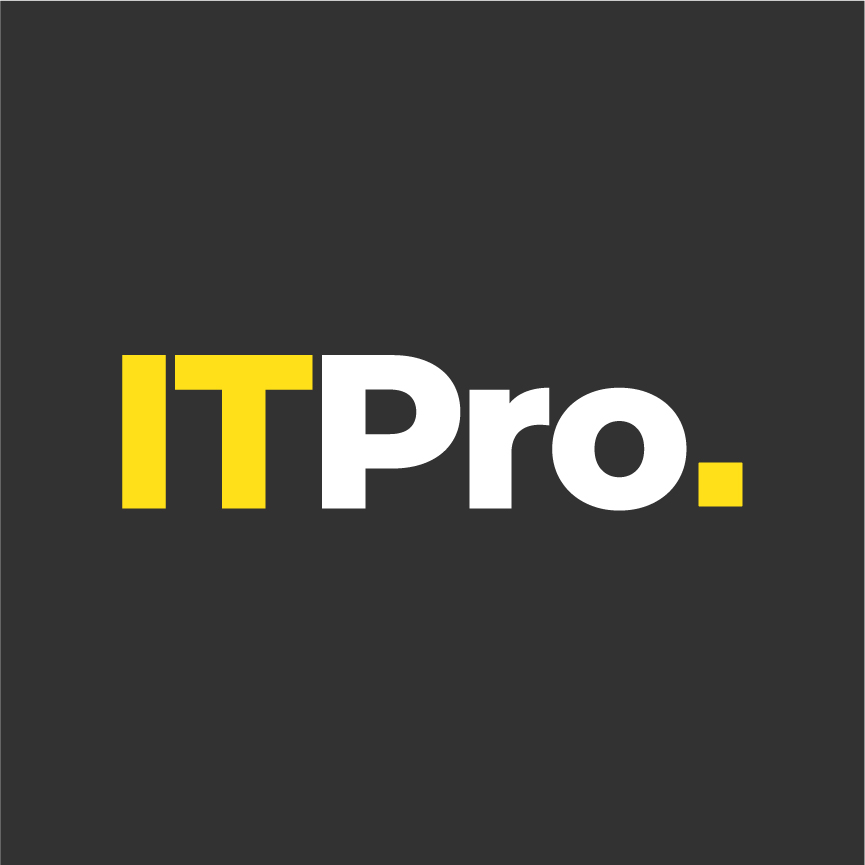Windows 10: The OS ready for remote working
The tools and functions you need for navigating the workplace revolution
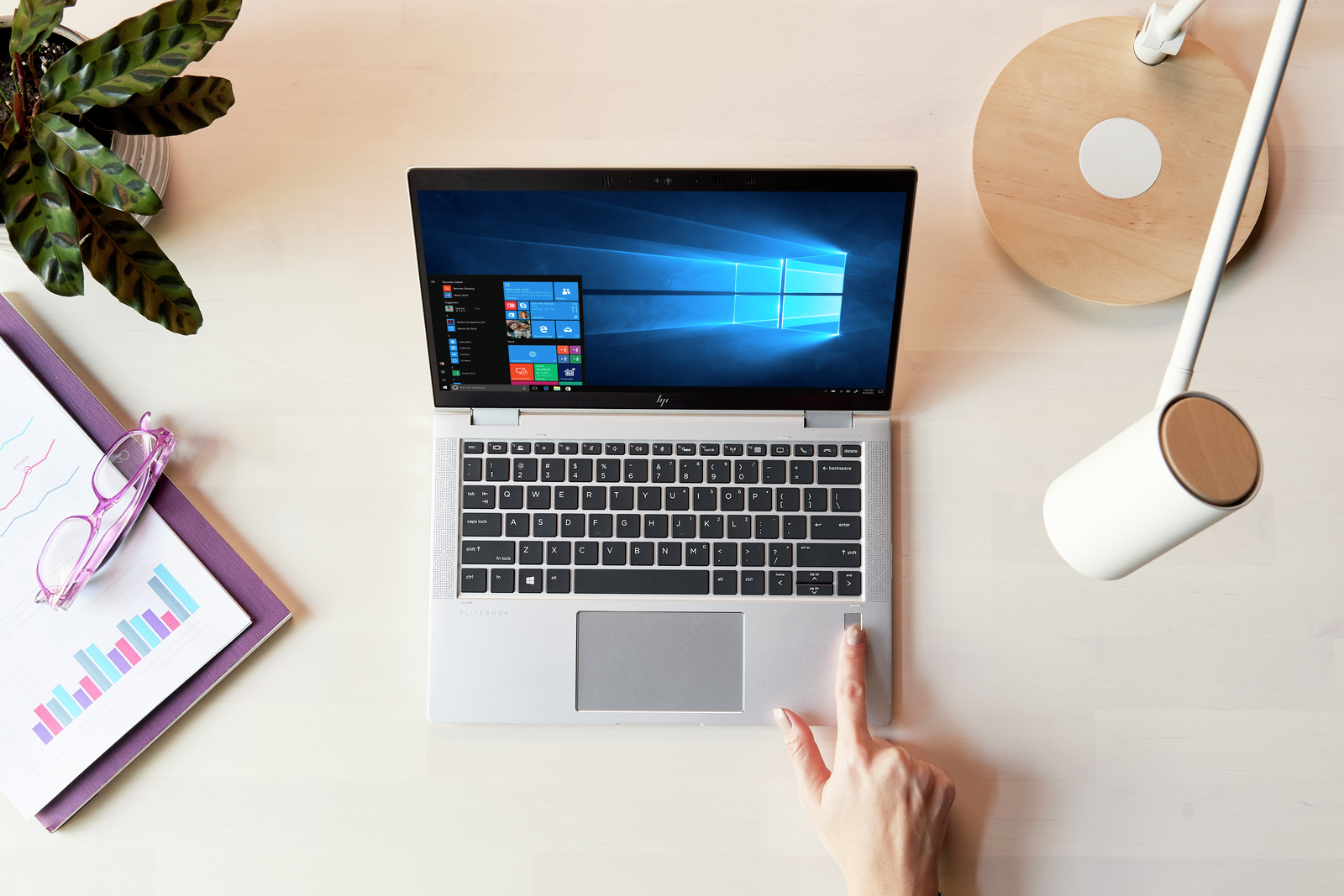
The recent shift to mass remote working has meant that many people have had to find new ways of going about their workdays – and businesses have had to shift in order to offer workers the right hardware, systems and support to allow them to operate effectively, efficiently and happily under radically different circumstances.
A powerful tool in the remote working arsenal is Windows 10. Microsoft’s OS is constantly updating, with many features to help your workforce adapt to the remote-working shift, from security and remote-access functionality to collaboration tools that will help your staff stay connected.
Security ensured
2020 has seen a reported increase in cyber attacks, with Barracuda reporting that 46% of businesses have experienced at least one cybersecurity scare since shifting to a remote-working model. The quick transition to a geographically scattered workforce can leave your systems more vulnerable to cyber crime, but fortunately, security is baked into Windows 10, making the OS a strong line of defence against these growing threats.
The fully integrated security suite, Windows Defender, serves as both an antivirus system and firewall, protecting your workforce from common (but no less dangerous) threats like malware and ransomware, and creating a safe browsing environment for your staff.
With phishing attacks on the rise, trying to take advantage of the shift in global working practices, the cloud-based tool Microsoft SmartScreen is more valuable than ever. Operating through Outlook and your workers’ web browsers, it defends against phishing and malware attacks by comparing websites and emails against Microsoft’s blacklist and flagging anything suspicious, helping your staff to avoid slip-ups that could compromise your organisation’s network or data.
Another issue of remote working is that an employee cannot simply pay a quick visit to your IT department if they suffer more serious problems. Windows 10 has the benefit of protecting against major catastrophes that could cost workers hours or even days like ransomware infiltration with its Secure Boot Mode. This safeguards against attacks that target the UEFI, and can be further enhanced by investing in HP's EliteBook range of business laptops. These come equipped with Sure Start Gen4 self-healing BIOS, which can prevent devices from becoming inoperable by detecting changes to the BIOS and installing a clean, safe BIOS before any malware is able to execute.
The enforced distance from IT support can also be mitigated by Windows 10’s Remote Desktop feature, which allows for secure remote access to other Windows 10 devices. IT departments can use this access to ensure that the computers are properly configured and fully updated to protect against cyber threats, as well as troubleshooting any other issues from afar. Remote Desktop can also help retrieve any required files from otherwise inaccessible devices.
Security threats of a more benign form can also come from closer to home. Family members – especially younger children – might find devices too much to resist when sat unattended in the study or on the kitchen table. The secure login system Windows Hello supports fingerprint, facial recognition and PIN, so workers can lock their devices safely and prevent any misadventure caused by careless web browsing or the indiscriminate mashing of keyboards.
Boosting productivity
With your remote workforce secure, the other pressing issue is creating an environment in which they can keep productive and develop new collaborative systems to compensate for the lack of formal meetings, chance encounters and casual cross-desk conversations.
The Microsoft 365 package offers a suite of invaluable applications that will help boost productivity and collaboration in your remote-working model – and, as you would expect, fully integrate with Windows 10.
A key feature of Microsoft 365 for homeworkers is the cloud-based collaboration app Microsoft Teams, which allows colleagues to communicate with each other, share files and links and maintain organised workflows. Text conversations can be held privately or in various channels, which can be assigned to different departments, projects or other business functions as necessary, while preserving a clear record of communications for later reference. Teams also supports video conferencing, ideal for both meetings or informal chats (preferably with a cup of tea in hand) when written communication isn’t enough.
The classic Microsoft apps like Word, Excel and PowerPoint have also been enhanced by the cloud, allowing workers to collaborate on shared documents where they can pool ideas, refine communications or check over a colleague’s work, helping to reduce the distance between workers in a virtual if not physical sense. For larger files, Microsoft 365 facilitates sharing through the cloud-storage service OneDrive.
RELATED RESOURCE
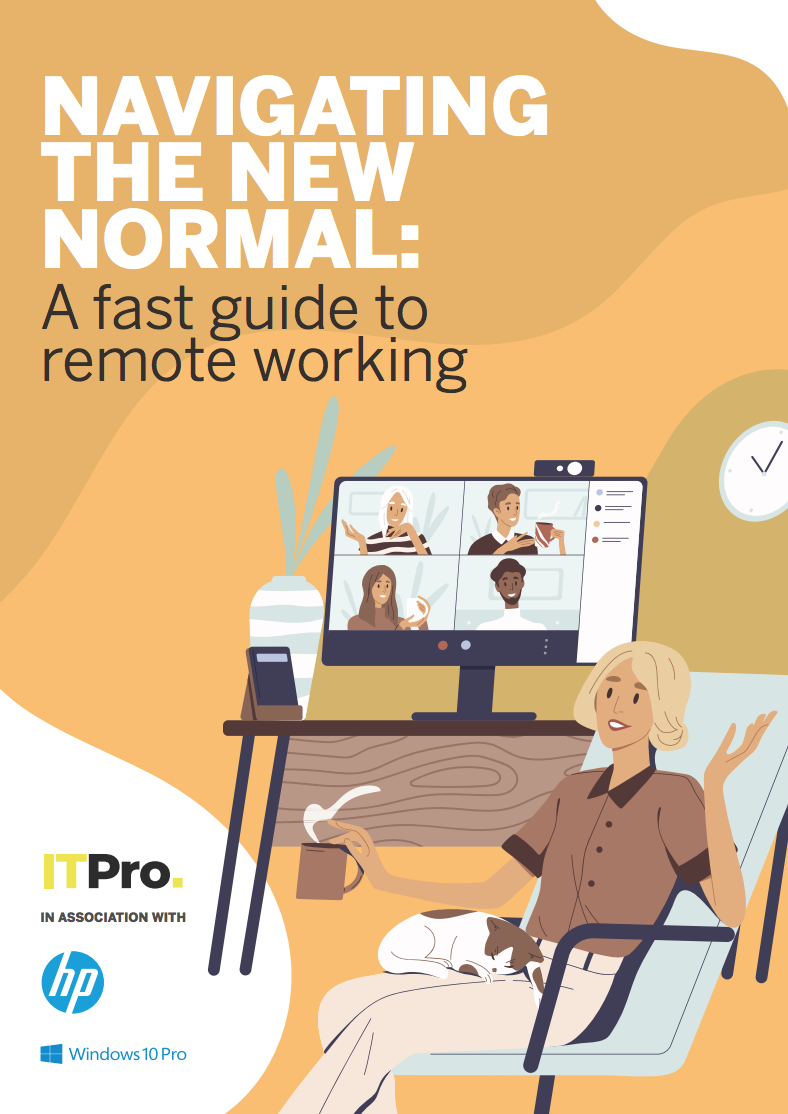
Navigating the new normal: A fast guide to remote working
A smooth transition will support operations for years to come
Windows 10 also includes some very useful tools to help your staff organise and focus on their work in the sometimes-distracting home environment. Focus Assist can temporarily prevent notifications from interrupting workers when they are trying to concentrate. The handy, versatile Microsoft To Do app can be downloaded for free, and offers exhaustive functionality to help your staff organise their workloads – as well as sharing to-do lists with other colleagues. And things as simple as Windows 10’s virtual desktops can also improve organisation and clarity by separating different workloads onto different desktops. These tools, which are useful in all working environments, are particularly valuable while we try to get our heads around these new, sometimes disruptive home working paradigms.
Not everyone has a home-office setup, so laptops and other portable devices have proven vital tools to allow the switch to home working. The most up-to-date computers like those in HP’s EliteBook range will offer full, seamless integration with Windows 10, allowing organisations to take complete advantage of the tools and functionality that make the OS the perfect partner when it comes to working from home.
Get the ITPro daily newsletter
Sign up today and you will receive a free copy of our Future Focus 2025 report - the leading guidance on AI, cybersecurity and other IT challenges as per 700+ senior executives
ITPro is a global business technology website providing the latest news, analysis, and business insight for IT decision-makers. Whether it's cyber security, cloud computing, IT infrastructure, or business strategy, we aim to equip leaders with the data they need to make informed IT investments.
For regular updates delivered to your inbox and social feeds, be sure to sign up to our daily newsletter and follow on us LinkedIn and Twitter.
-
 Bigger salaries, more burnout: Is the CISO role in crisis?
Bigger salaries, more burnout: Is the CISO role in crisis?In-depth CISOs are more stressed than ever before – but why is this and what can be done?
By Kate O'Flaherty Published
-
 Cheap cyber crime kits can be bought on the dark web for less than $25
Cheap cyber crime kits can be bought on the dark web for less than $25News Research from NordVPN shows phishing kits are now widely available on the dark web and via messaging apps like Telegram, and are often selling for less than $25.
By Emma Woollacott Published
-
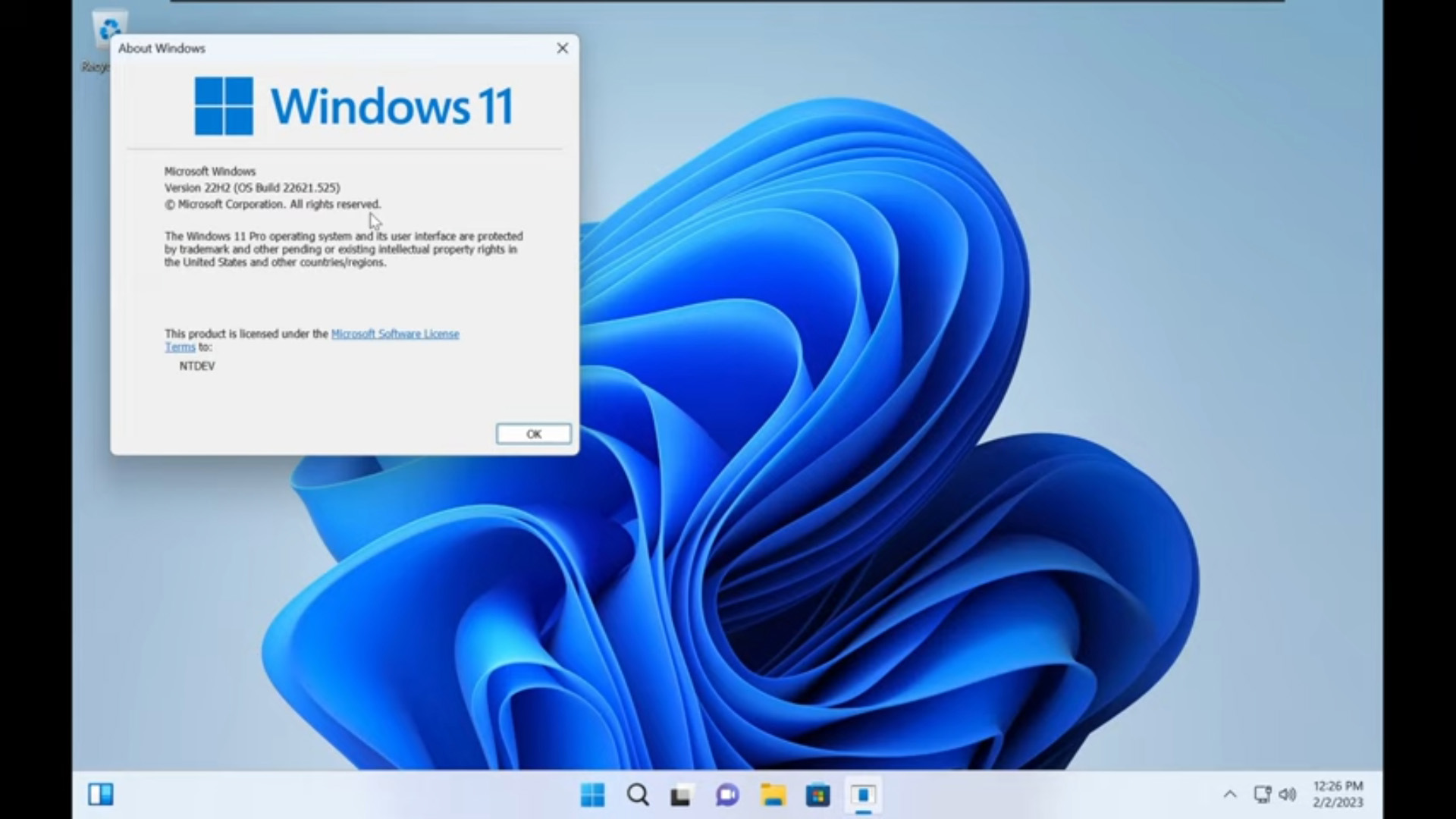 Tiny11 review: Windows 11 with only 2GB of RAM
Tiny11 review: Windows 11 with only 2GB of RAMReview A version of Windows 11 for older machines that don't meet the full requirements
By Nik Rawlinson Published
-
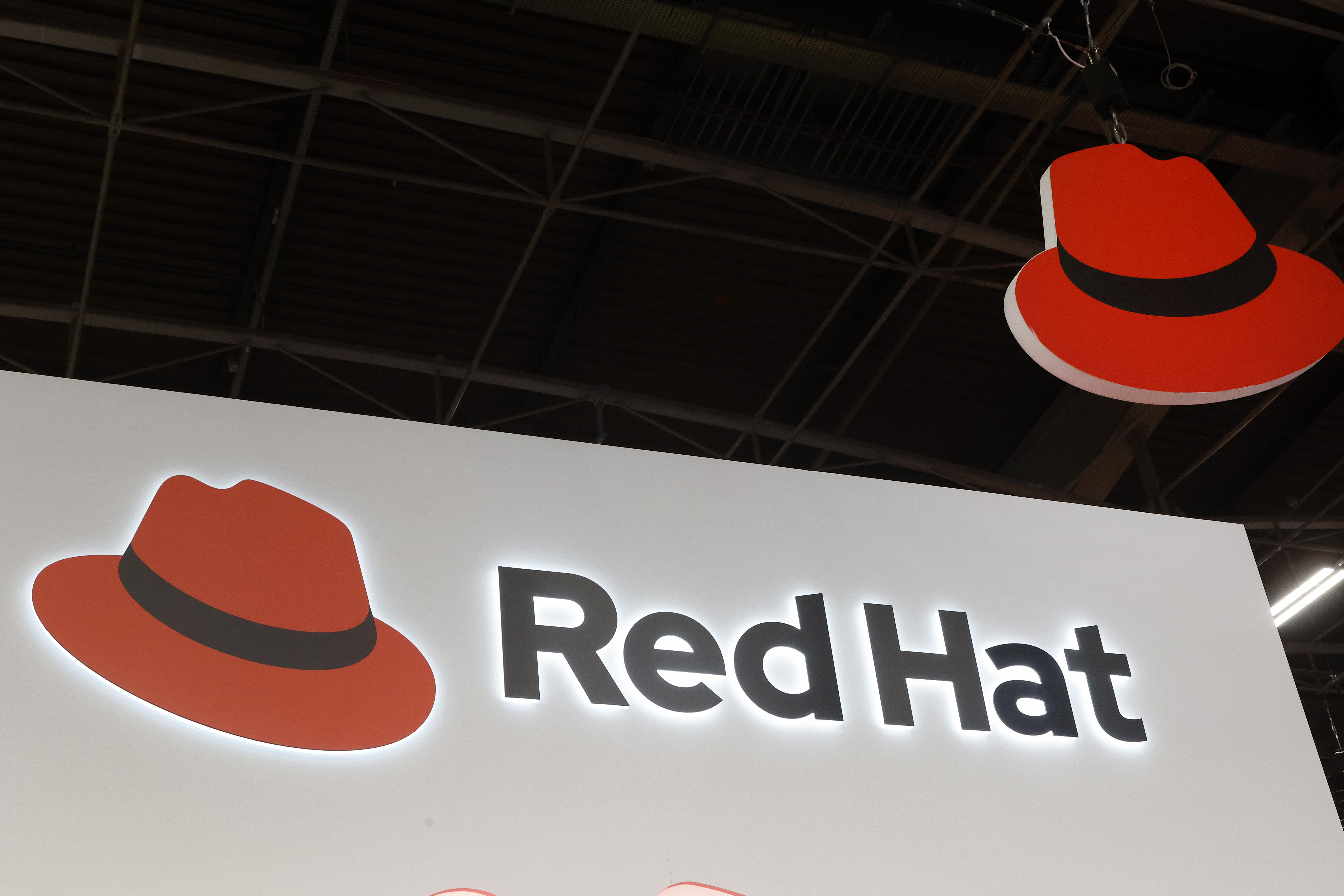 Red Hat Enterprise Linux becomes foundational operating system for Cohesity Data Cloud
Red Hat Enterprise Linux becomes foundational operating system for Cohesity Data CloudNews New strategic partnership between Red Hat and Cohesity aims to drive innovation in the data security and management space
By Daniel Todd Published
-
 Ubuntu shifts to four-week update cycle
Ubuntu shifts to four-week update cycleNews Critical fixes will also come every two weeks, mitigating the issues involved with releasing prompt patches on the old three-week cadence
By Richard Speed Published
-
 AlmaLinux follows Oracle in ditching RHEL compatibility
AlmaLinux follows Oracle in ditching RHEL compatibilityNews Application binary compatibility is now the aim with 1:1 now dropped
By Richard Speed Published
-
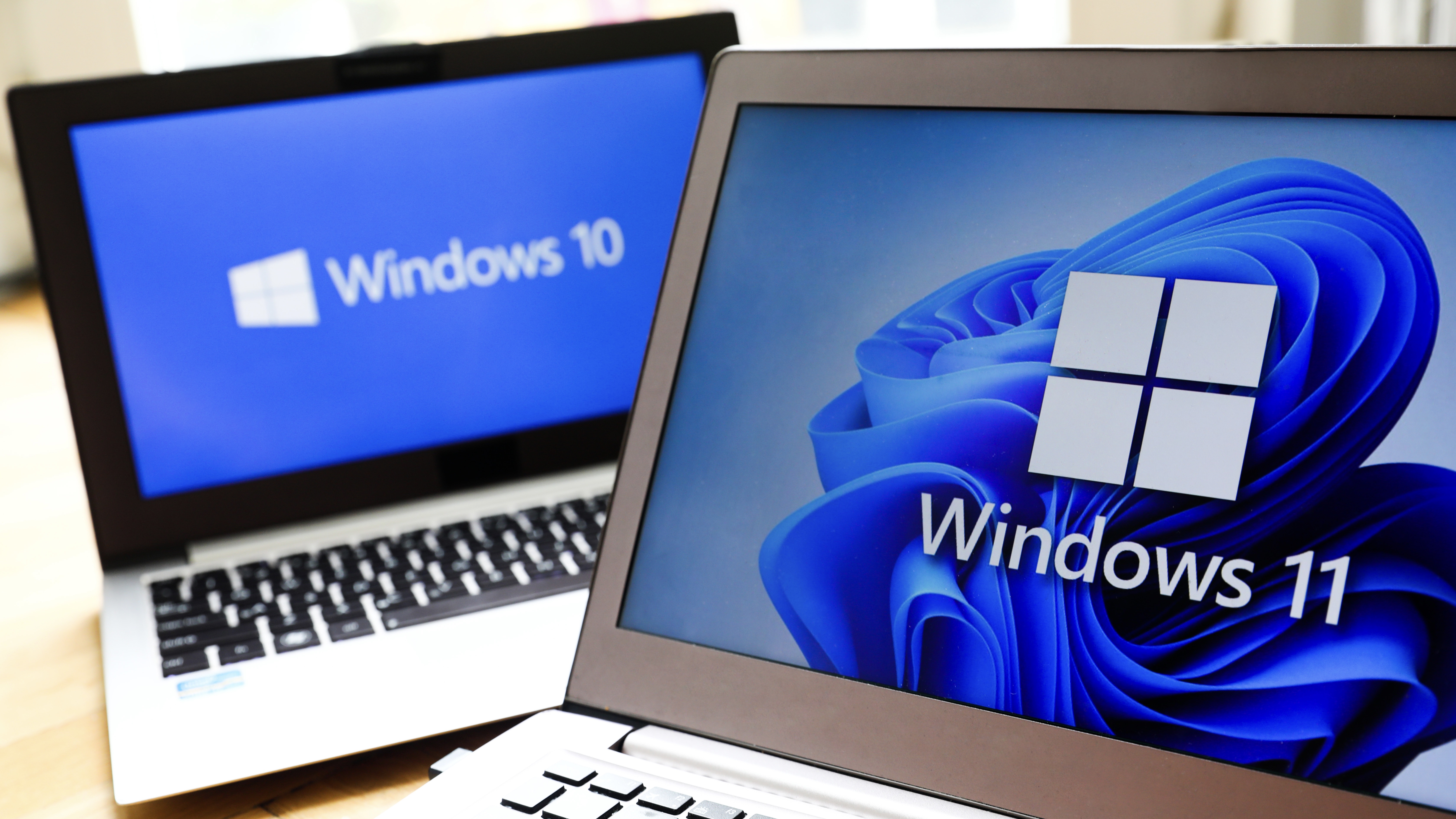 How big is the Windows 10 cliff-edge?
How big is the Windows 10 cliff-edge?ITPro Network With some comparing the upcoming Windows 10 end of life to Windows XP, we ask members of the ITPro Network for their insight
By Jane McCallion Published
-
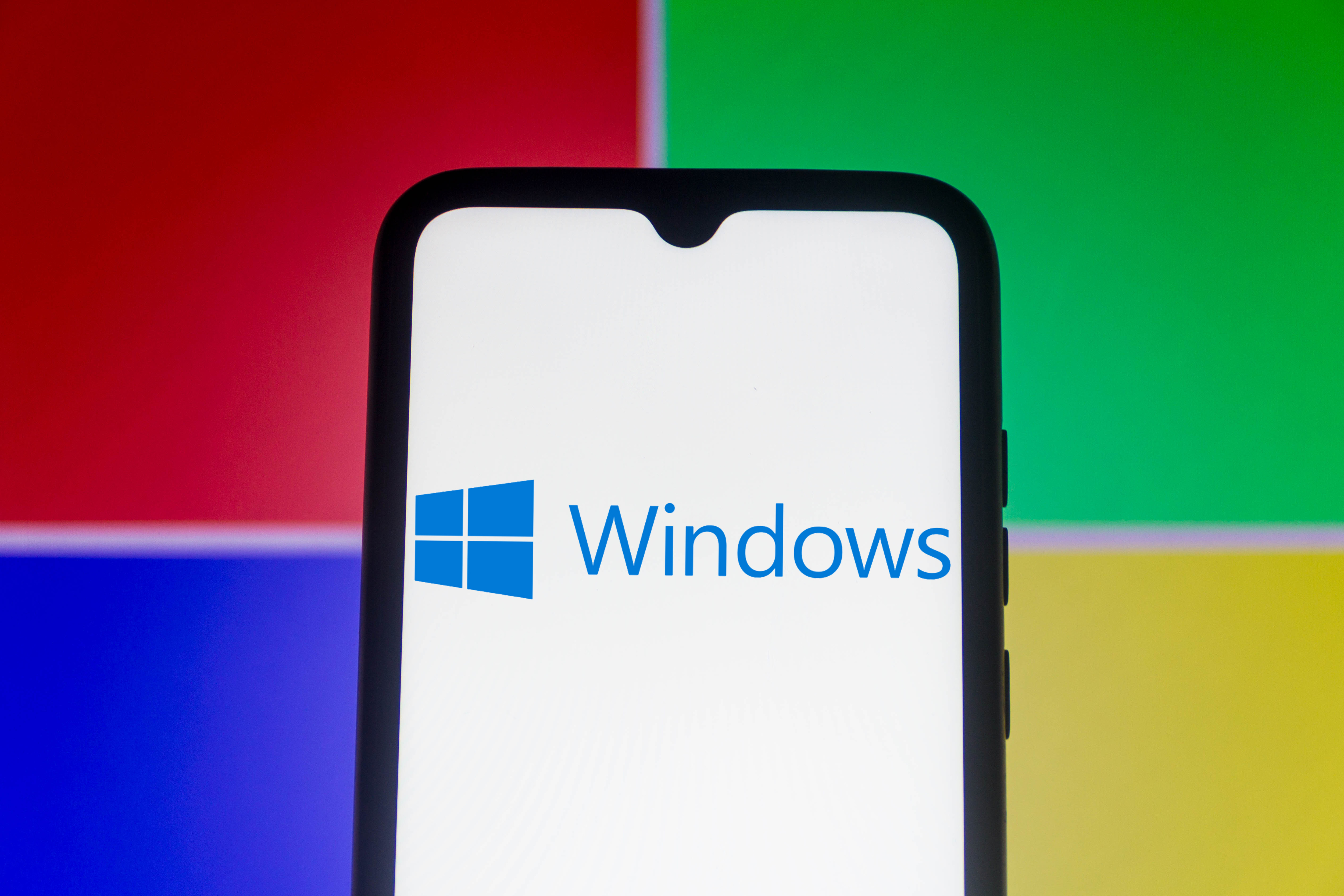 Everything you need to know about the latest Windows 11 updates - from bug fixes to brand-new features
Everything you need to know about the latest Windows 11 updates - from bug fixes to brand-new featuresNews Two new cumulative updates are on the way and will be installed automatically on Windows 10 and Windows 11 machines
By Rory Bathgate Published
-
 How to download a Windows 11 ISO file and perform a clean install
How to download a Windows 11 ISO file and perform a clean installTutorial Use a Windows 11 ISO to install the operating system afresh
By John Loeppky Published
-
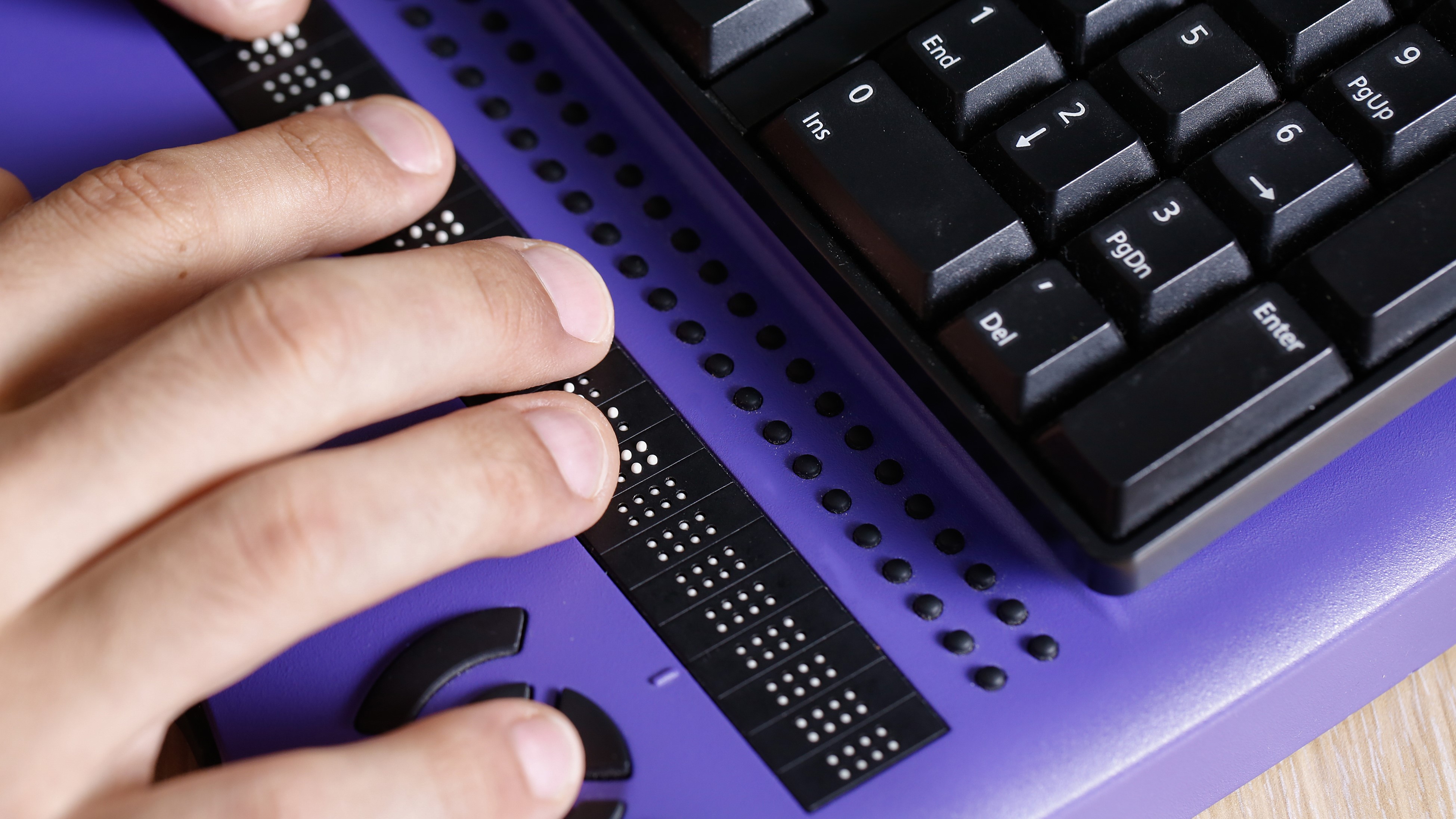 We could all benefit from better Windows and macOS accessibility features
We could all benefit from better Windows and macOS accessibility featuresOpinion Today’s accessibility features can help you work through a nasty injury, but there’s still plenty of room for improvement
By Barry Collins Published
